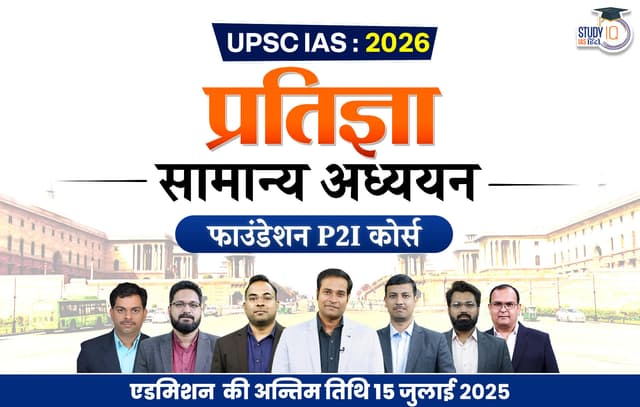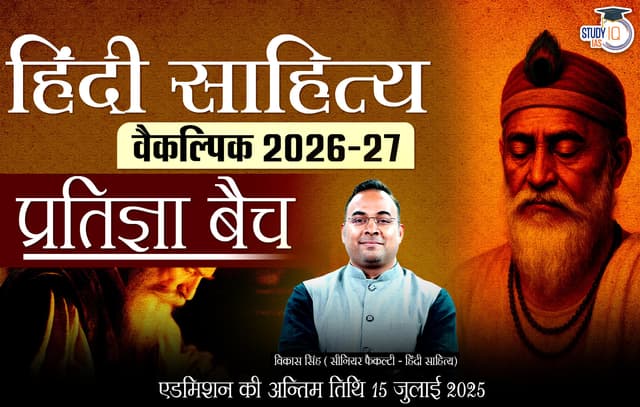Table of Contents
Context: Article 356 of the Constitution was invoked in Manipur and the State came under the President’s Rule.
Causes of the Manipur Crisis
Political Instability in Myanmar
- February 2021 coup: Myanmar’s military (Tatmadaw) overthrew the civilian government, leading to mass protests.
- The emergence of People’s Defence Forces (PDFs) and Ethnic Armed Organizations (EAOs) like the Chin National Army (CNA) in border regions.
- Heavy fighting in the Chin, Kachin, and Sagaing regions led to mass displacement, affecting Indian border states.
Ethnic Conflicts in Manipur
- Meitei vs. Kuki-Zomi conflict: The Meiteis (majority in Imphal Valley) seek Scheduled Tribe (ST) status, opposed by Kuki-Zomi groups.
- May 2023 violence: Clashes between Meitei and Kuki-Zomi groups escalated, leading to deaths, displacement, and destruction of villages.
Humanitarian Crisis in Manipur’s Conflict-Affected Areas
Data Deficiency in the India-Myanmar Borderlands
- The India-Myanmar border region remains data-deficient despite its history of armed conflict, displacement, and humanitarian crises.
- The Manipur conflict lacks accurate documentation due to restricted access, adverse security conditions, and misinformation.
- Over 58,000 individuals are forcibly displaced across relief camps in the Valley and Hill districts.
- Nearly 12,000 people fled to Mizoram, while 7,000 sought refuge in Nagaland, Assam, and Meghalaya.
- Data collection remains fragmented, missing many displaced individuals outside official camps.
Zone of the Unknown: The Data Gap
- The separation between the Meitei and Kuki-Zomi communities has disrupted humanitarian information flows.
- Unregistered displaced persons living with relatives, in temporary shelters, or outside the State are unaccounted for.
- Many youths left Manipur for education and employment opportunities due to the conflict.
Healthcare access has been disrupted
- Kuki-Zomi-dominated districts rely on Mizoram (Churachandpur, Chandel, Tengnoupal) or Nagaland (Kangpokpi) for medical care.
- Imphal’s tertiary hospitals are inaccessible to the hill district population.
Medical Challenges and Crisis in Relief Camps
- Displaced populations in Imphal Valley face high out-of-pocket medical expenses, leading to treatment discontinuation.
- Health infrastructure has deteriorated due to conflict, causing underreported mortality, malnutrition, and disease outbreaks.
Examples of Medical Emergencies & Deaths
- May 29, 2023: A 63-year-old displaced person died in Kangpokpi due to lack of dialysis.
- June 2023: A mother died from excessive bleeding in a relief camp in Churachandpur after childbirth.
- September 22, 2023: A one-year-old girl died from pneumonia in a relief camp in Churachandpur.
Mental Health Crisis and Suicides
- A local media report recorded at least 13 deaths in Valley relief camps, including suicides.
- A Regional Institute of Medical Sciences (RIMS) study found:
- 8% of displaced individuals suffer from Post-Traumatic Stress Disorder (PTSD).
- 8% experience moderate anxiety.
- 2% have severe anxiety.
- Ongoing suicide study (NEST Suicide Survey) in Churachandpur recorded cases, including a 70-year-old man who took his life due to struggles in adapting to camp life.
Challenges in Basic Humanitarian Needs
- Food, water, and shelter remain largely unmet even after two years.
- 22,000 children continue to live in camps with their education severely disrupted.
- Unsanitary conditions, water shortages, lack of nutritious food, and inflation have worsened the crisis.
Recommended Measures
- Increased Humanitarian Aid: External agencies, including corporate social responsibility (CSR) entities, should extend humanitarian support.
- Water Supply Augmentation: Displaced people spend a significant portion of their income on private water sources.
- Creation of Humanitarian Corridors: Enable emergency medical evacuations via Imphal airport.
- Restoring Supply Chains: Transport essential commodities, food, and medical supplies across communities to reduce inflationary pressures.
Impact of Myanmar’s Political Crisis on Northeast India
Influx of Refugees and Humanitarian Crisis
- According to the United Nations High Commissioner for Refugees(UNHCR), by December 31, 2024, about 95,600 refugees from Myanmar had entered India, with 73,400 arriving post-coup.
- The porous border makes it difficult to get an exact count.
- Mizoram has welcomed Myanmar refugees, as many belong to the Mizo-Chin-Kuki ethnic group, sharing cultural and familial ties.
- Manipur, however, has seen tensions rise, as the Meitei community perceives the influx as a demographic threat, worsening the ongoing Meitei-Kuki ethnic conflict.
Free Movement Regime (FMR) Restriction
- The Free Movement Regime (FMR), initially allowing free cross-border movement within 16 km, was suspended in 2023 due to security concerns.
- In December 2024, a new framework was introduced, allowing border movement only within 10 km and requiring permits at designated entry/exit points.
- The restriction has hampered local economies, including border haats and informal cross-border trade.
Decline in Border Trade and Connectivity Projects
- The violence has disrupted India’s plans to use Manipur as a gateway to Southeast Asia.
- The once-thriving Moreh border town, a hub of India-Myanmar trade, has suffered due to conflict.
- The India-Myanmar-Thailand Trilateral Highway, a key part of India’s Act East Policy, has been delayed.
Geopolitical Implications: India vs. China in Myanmar
- China, facing similar spillover effects, has fenced parts of its border with Myanmar.
- Beijing supports some Ethnic Armed Organizations (EAOs) in Myanmar and has used them to combat drug syndicates.
- China, as a UN Security Council (UNSC) member, has greater diplomatic leverage in Myanmar, while India must operate within a democratic framework.
- Without a clear strategy, India risks losing geopolitical influence in Myanmar.
One Year After the Manipur Violence
The conflict began in May 2023, initially sparked by Kuki protests against the Meitei community’s demands for Scheduled Tribe status. This led to widespread violence, resulting in over 220 deaths and displacing around 60,000 people.
| Date | Event |
|---|---|
| May 3, 2023 | Initial clashes erupt during Kuki protests against Meitei demands for Scheduled Tribe status. |
| May 4, 2023 | Violence spreads across Imphal Valley and surrounding areas; properties are set ablaze. |
| May 10, 2023 | The government imposed a curfew in affected areas as clashes continued. |
| May 15, 2023 | Death toll rises to over 50; thousands displaced as violence escalates. |
| May 20, 2023 | Armed groups begin to form on both sides, leading to further militarization of the region. |
| June 2023 | Continued sporadic clashes; over 100 dead; relief camps set up for displaced individuals. |
| August 2023 | Humanitarian crisis deepens; reports of food and medical shortages in relief camps. |
| October 2023 | Temporary peace talks initiated, but fail to yield lasting agreements; violence resumes. |
| December 2023 | Death toll surpasses 200; calls for intervention from national government grow louder. |
| March 2024 | Some relief efforts begin, but mistrust remains high; many are still displaced. |
| May 2024 | First anniversary of the violence; around 59,000 individuals are still in relief camps, with ongoing tensions and sporadic violence. |
A Path Forward
Dialogue and Reconciliation
Experts emphasize the importance of dialogue between the Meitei and Kuki communities to foster trust and understanding. Only through sustained engagement can a foundation for lasting peace be built.
Government Responsibility
The state and federal governments must play a critical role in facilitating peace talks, ensuring justice for victims, and implementing policies that address socioeconomic disparities. Comprehensive development initiatives can help mitigate tensions and promote unity.
Conclusion
- Manipur’s humanitarian crisis remains critical due to forced displacement, health infrastructure collapse, and increasing suicides.
- Myanmar’s internal conflict exacerbates security challenges in India’s Northeast, with refugee influxes and disrupted border trade.
- India’s policies, including abolishing the FMR, may harm long-term economic and diplomatic engagements.
- A comprehensive strategy focusing on humanitarian aid, cross-border collaboration, and economic development is essential to mitigate instability in Manipur and Northeast India.

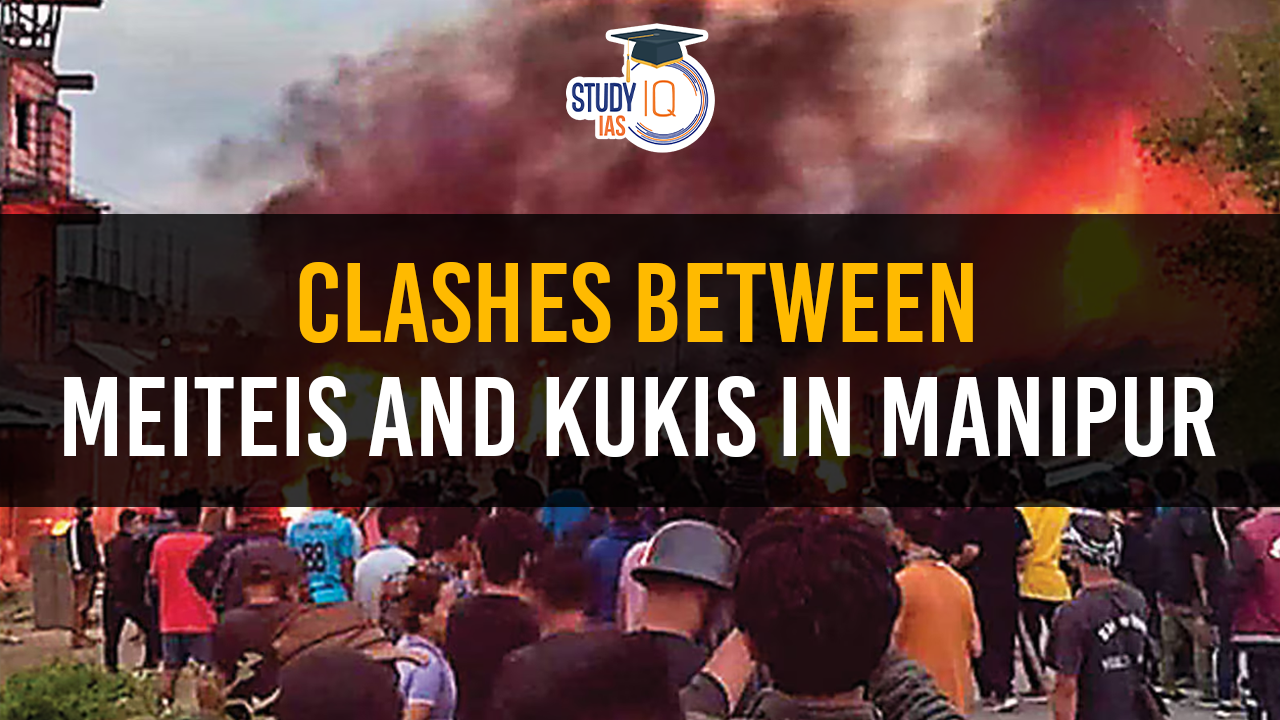
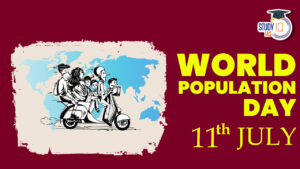 World Population Day 2025, Themes, Histo...
World Population Day 2025, Themes, Histo...
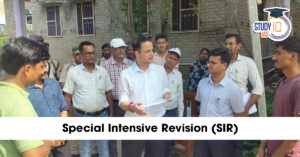 Special Intensive Revision (SIR) in Biha...
Special Intensive Revision (SIR) in Biha...
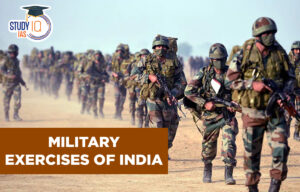 List of Military Exercises of India 2024...
List of Military Exercises of India 2024...


